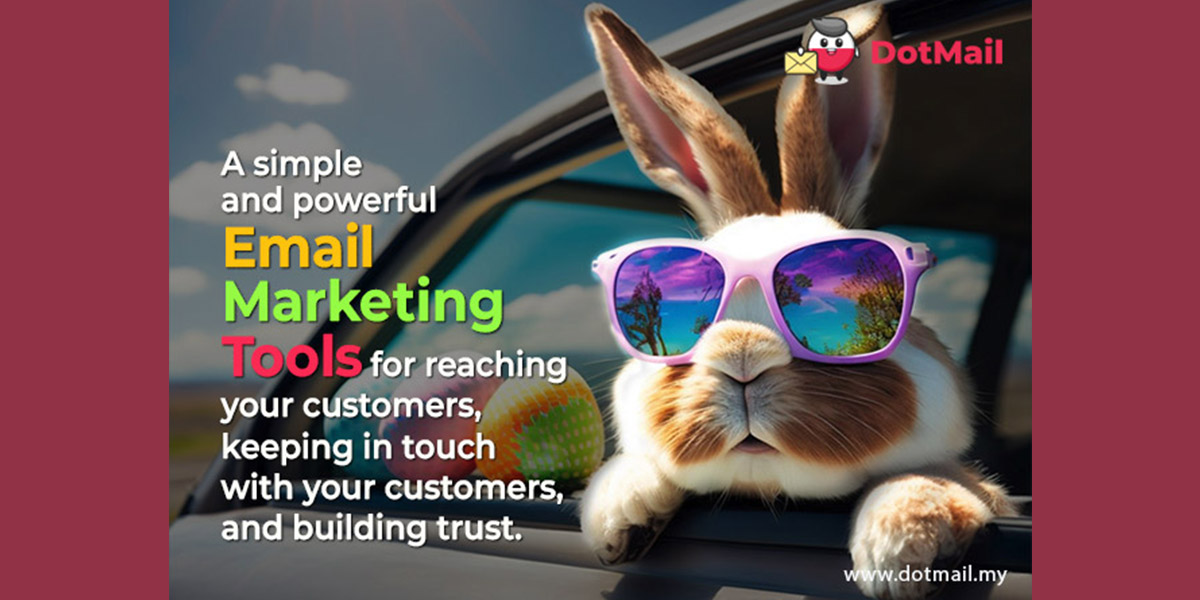The Top 5 Web Design Trends in Malaysia for 2026 You Can’t Ignore
Your website is on the verge of becoming obsolete.
That might sound harsh, but the digital landscape in Malaysia is about to change dramatically in 2026, and if your site isn’t ready, you’re going to be left behind. We’re talking about a perfect storm of new technology, shifting consumer habits, and a massive overhaul of e-commerce laws.
Think your current website is “good enough”? Think again.
Success in 2026 isn’t about a fresh coat of paint or a single fancy feature. It’s about a strategic fusion of global tech with a deep, authentic understanding of the Malaysian market. This isn’t just a prediction; it’s a data-backed blueprint for how you can dominate your market.
So, are you ready to get ahead of the curve? Let’s break down the trends you absolutely cannot ignore.
Your Customers Are Mobile-First. Is Your Website?
Let’s get straight to the point. Designing for a desktop computer first is a massive strategic mistake in Malaysia.
The data is overwhelming:
- Mobile drives the money: A staggering 65% of all e-commerce sales in Malaysia happen on a mobile device.
- Mobile is where Malaysians live online: Your average customer spends 55.8% of their online time on their phone.
This isn’t just about your site looking okay on a smaller screen. It demands a “thumb-friendly” experience with big, tappable buttons, super simple forms, and navigation so intuitive your users don’t even have to think.
And here’s the kicker: mobile internet speeds have exploded. The median download speed shot up by a massive
57.5% in a single year, hitting 104.99 Mbps. This means you can now deliver richer, more immersive experiences—like high-quality videos, 3D product models, and slick animations—without sacrificing speed. The game has changed from just being fast to
feeling fast.

Forget Generic. Hyper-Personalization is the New Standard (But There’s a Catch)
You know how Shopee and Lazada seem to read your mind, showing you exactly what you want to buy? That’s the power of AI-driven personalization, and it’s no longer just for the big players.
In 2026, your website should adapt in real-time to every single user. This means dynamically changing content, layouts, and offers based on their behavior.
But here’s the critical part you can’t miss: The Malaysian government is stepping in.
A new e-commerce law is expected in 2026, and it’s targeting “manipulative” algorithms and automated systems. This means those sneaky “dark patterns” and confusing consent forms are on their way out.
What does this mean for you?
Being transparent is no longer a choice; it’s a legal necessity. Businesses that are upfront about how they use data and make it easy for users to opt-out will build unbreakable trust. Getting this right before the law kicks in will put you leagues ahead of your competitors.
Weaving Malaysian Culture into Your Pixels: The Ultimate Competitive Advantage
This is where you can truly crush the competition.
Too many brands take a generic, global template and just translate the text. That’s not enough. With 70% of e-commerce sales being domestic, a website that doesn’t feel authentically Malaysian will fail to connect and convert.
Here’s how to do it right:
1. Go Beyond Language
Sure, you need content in Bahasa Malaysia, English, and Mandarin. But true localization means incorporating local slang and culturally relevant imagery. Showcasing diverse Malaysian faces and landscapes builds an instant connection that stock photos never will.
2. Embrace Traditional Art
Imagine turning the beautiful, fluid patterns of
Batik into subtle, animated backgrounds on your website. Or using the shimmering, luxurious texture of
Songket to make your buttons and calls-to-action pop. These traditional motifs are a goldmine for creating a unique, modern, and culturally resonant brand identity.
3. Use Color with Intention
Colors carry deep cultural meaning in Malaysia. Vibrant reds for prosperity, deep greens for Islamic heritage, and bright yellows from Indian traditions can all be woven into your brand palette. 24During festivals like Hari Raya, Chinese New Year, or Deepavali, even subtle design nods can create a powerful emotional bond with your audience.
Your Action Plan for 2026
Feeling overwhelmed? Don’t be. Here is your simple, actionable playbook.
- Prioritize a Mobile-First, Performance-Obsessed Design: If it doesn’t work flawlessly on a phone, it doesn’t work. Your site must be lightning-fast.
- Adopt a “Bento Box” Layout: Organize your content into clean, grid-like compartments. This minimalist approach is easier to scan, reduces clutter, and looks incredibly modern.
- Build Trust with Ethical Design: Be transparent about data. Ditch the manipulative pop-ups. Make your user’s experience clean, clear, and non-coercive. This isn’t just good practice; it’s how you prepare for the new laws.
- Integrate Authentic Malaysian Culture: Move beyond clichés. Use local art, imagery, and language to build a website that feels like home to your customers.
The future of web design in Malaysia is a blend of high-tech and high-touch. It’s about being smart with data, fast with technology, and authentic with your culture.
The brands that master this will win. The ones that don’t will become irrelevant.
Don’t let your website become a digital relic.
The changes are coming, and they’re coming fast. If you’re serious about future-proofing your business and creating a website that not only looks stunning but is strategically engineered for the 2026 Malaysian market, then we need to talk.
At Entertop, we specialize in building high-performance, culturally intelligent websites for forward-thinking companies.
Contact us today for a free consultation and let’s build your competitive advantage for 2026 and beyond.




